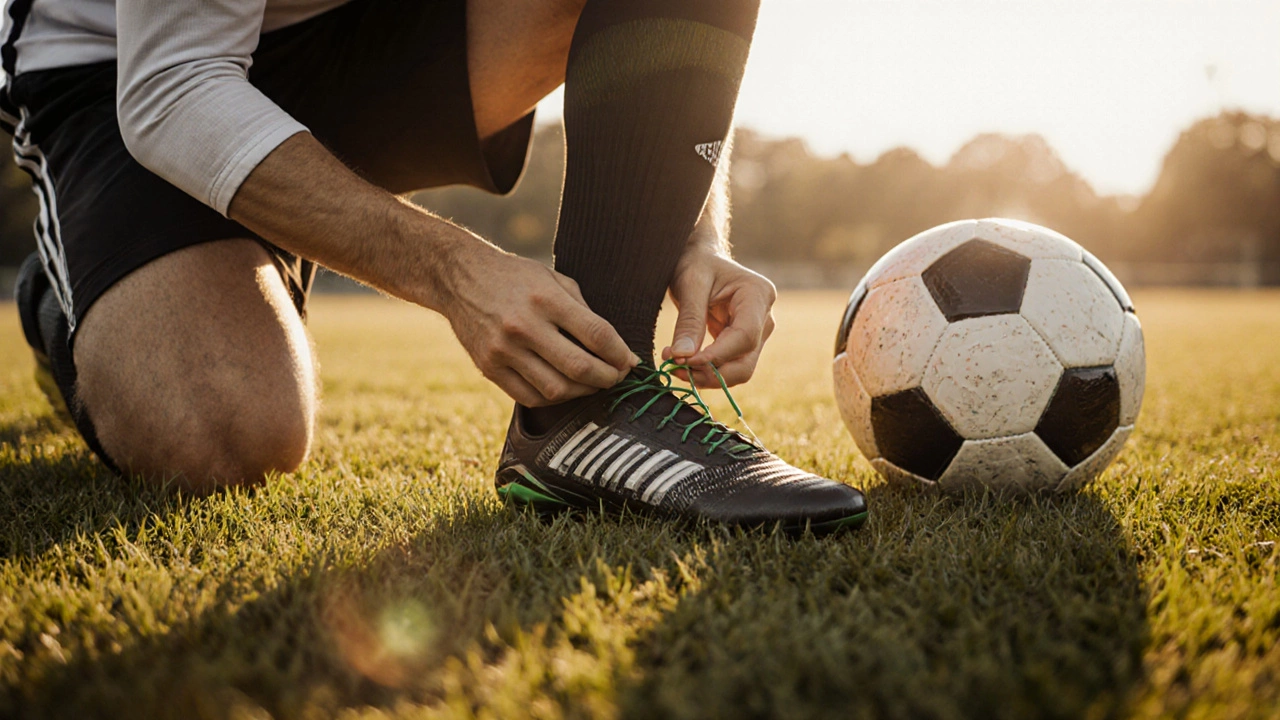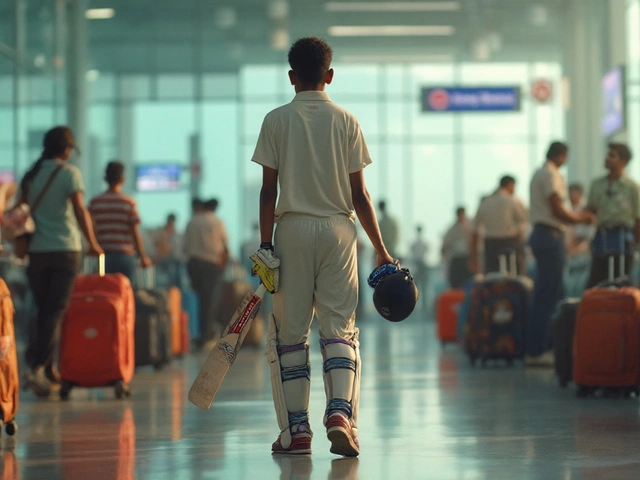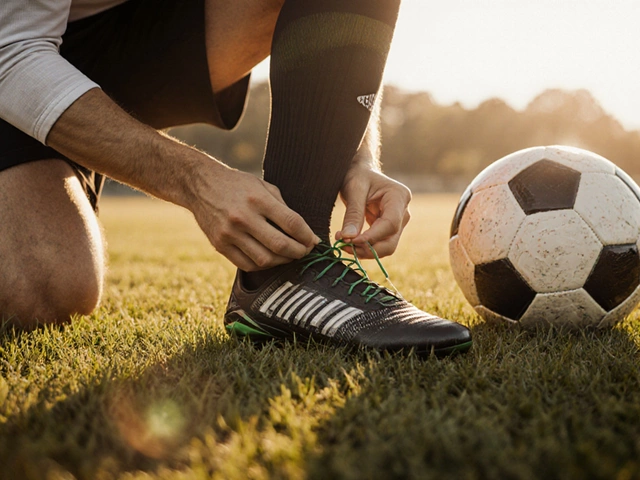Sports Gear vs. Equipment Checker
Identify Sports Items
Is it gear or equipment? Use the tool below to check.
Remember: Gear is what you wear. Equipment is what you use.
People often use the terms sports gear and sports equipment interchangeably, but they’re not the same. If you’ve ever stood in a sporting goods store confused by what to grab-shoes vs. a racket vs. a mouthguard-you’re not alone. Knowing the difference helps you buy smarter, train safer, and understand what really matters for your sport.
Sports Gear Is What You Wear
Sports gear refers to the clothing and protective items you put on your body. Think of it as your athletic uniform with added function. It’s designed to fit you, move with you, and protect you during activity.
Examples include:
- Moisture-wicking jerseys and shorts
- Sports bras and compression tights
- Running shoes and cleats
- Helmets, pads, and mouthguards
- Sunglasses, sweatbands, and gloves
These items are personal. Your gear fits your body size, your sport’s demands, and even your comfort preferences. A soccer player’s shin guards won’t work for a cyclist, and a swimmer’s cap doesn’t help a basketball player. Gear is worn, not held. It’s the first layer between you and the game.
Sports Equipment Is What You Use
Sports equipment refers to the tools, devices, or objects you handle or interact with during play. These are the physical items that enable the sport to happen. Without them, the game can’t be played.
Examples include:
- Balls (soccer, basketball, tennis)
- Rackets, bats, sticks, and clubs
- Nets, goals, hoops, and targets
- Training aids like resistance bands, cones, or agility ladders
- Scoreboards, timers, and line markers
Equipment is shared or owned by teams, clubs, or venues. You don’t wear a basketball-you hold it. You don’t put a goalpost on your body-you set it up on the field. Equipment is about function, not fit. It’s what the sport is built around.
Why the Confusion Happens
The overlap comes from products that blur the line. Take a baseball glove. Is it gear or equipment? It’s worn like gear, but you use it to catch a ball like equipment. In practice, it’s treated as equipment because its purpose is tied to the ball and the action of play, not just protection or comfort.
Same with a bicycle. The helmet is gear. The frame, pedals, and chain are equipment. But if you buy a full bike, you’re buying equipment. The helmet? That’s gear you add on top.
Stores often group them together under "sports gear" for simplicity. But if you’re replacing worn-out cleats or buying a new tennis racket, you need to know what you’re actually replacing-and why it matters.
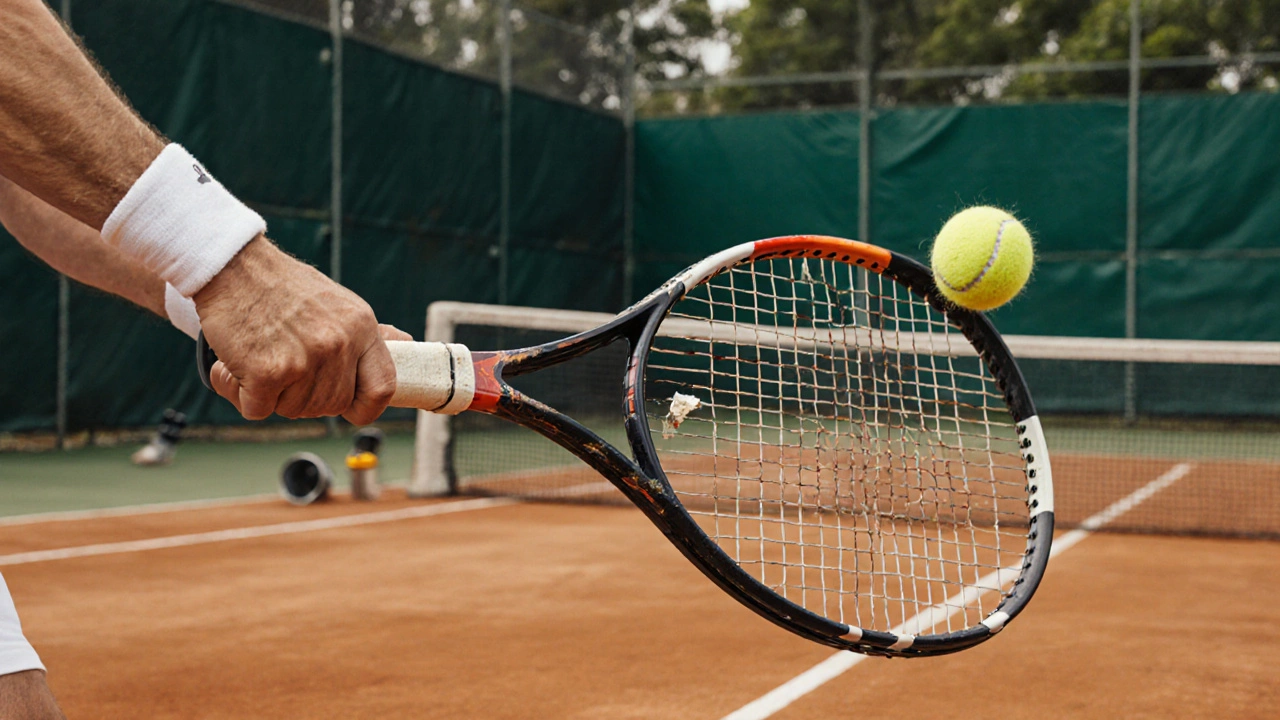
Performance and Safety Depend on the Difference
Getting the right gear improves comfort and reduces injury. Poorly fitting shoes cause blisters. A loose sports bra leads to discomfort and distraction. Compression gear can help circulation during long runs.
Equipment affects how you play. A heavy bat slows your swing. A worn-out tennis string loses power. A cracked hockey stick can snap mid-game. You can’t compensate for bad equipment with good technique-bad gear can be worked around. Bad equipment breaks the game.
Think of it this way: gear helps you move better. Equipment lets you play better.
When to Replace Gear vs. Equipment
You replace gear based on wear, fit, and hygiene. Running shoes lose cushioning after 300-500 miles. Gym shorts fade and stretch out after a year of frequent washing. Mouthguards crack from biting. These are personal items that degrade with use and need regular updates.
Equipment lasts longer but fails differently. A basketball lasts years if you don’t puncture it. A metal bat can last a decade. But a tennis racket’s strings snap under tension. A golf club’s grip wears down. Equipment fails due to impact, stress, or material fatigue-not just time.
Here’s a quick rule: if it touches your skin and moves with you, it’s gear. If it’s part of the game’s action, it’s equipment.
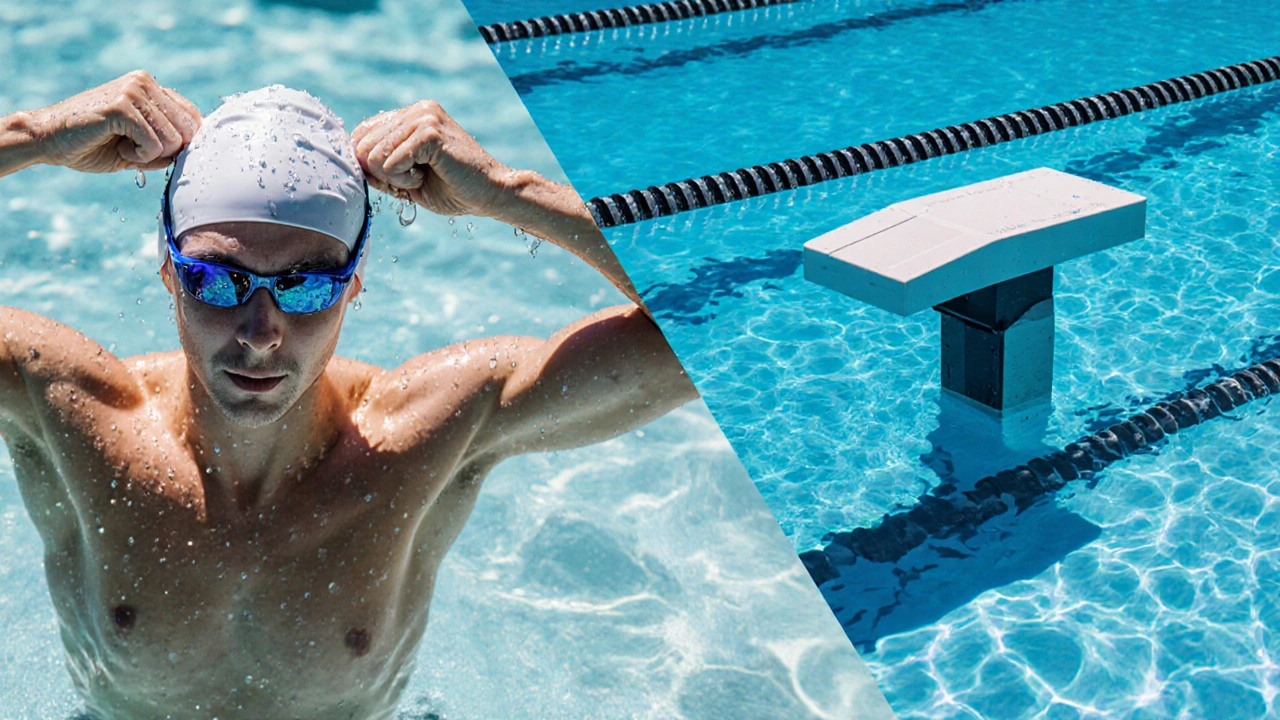
Real-World Examples
Let’s say you’re starting soccer.
Your gear: cleats, shin guards, socks, jersey, goalkeeper gloves (if you’re the keeper), and a water bottle. These are yours. You buy them. You wash them. You replace them as they wear out.
Your equipment: the soccer ball, the goalposts, the corner flags, the field lines, the whistle. These belong to the team or league. You don’t own them. You use them during practice or games.
Same with tennis. Your racquet, balls, and court are equipment. Your shoes, sweat-wicking shirt, wristband, and grip tape are gear.
Even in swimming: your swimsuit, cap, and goggles are gear. The lane ropes, starting blocks, and timing systems are equipment.
Buying Guide: What to Prioritize
For beginners: start with gear. A good pair of shoes or a supportive sports bra will do more for your experience than a fancy racket you can’t even swing properly.
For serious athletes: invest in both, but don’t neglect equipment. A $200 racket with worn-out strings is useless. A $50 pair of running shoes with zero support will hurt your knees.
For teams or clubs: equipment is a shared cost. Gear is individual. Budget accordingly.
Always check league rules. Some sports require specific gear (like certified helmets in football) or approved equipment (like regulation balls in basketball).
Final Takeaway
Sports gear is what you wear. Sports equipment is what you use. One fits you. The other enables the game. Confusing them leads to buying the wrong thing-and that can cost you performance, safety, or money.
Next time you’re shopping, ask yourself: "Am I putting this on my body?" If yes, it’s gear. "Am I holding, hitting, kicking, or throwing this?" If yes, it’s equipment. Simple. Clear. No more guesswork.
